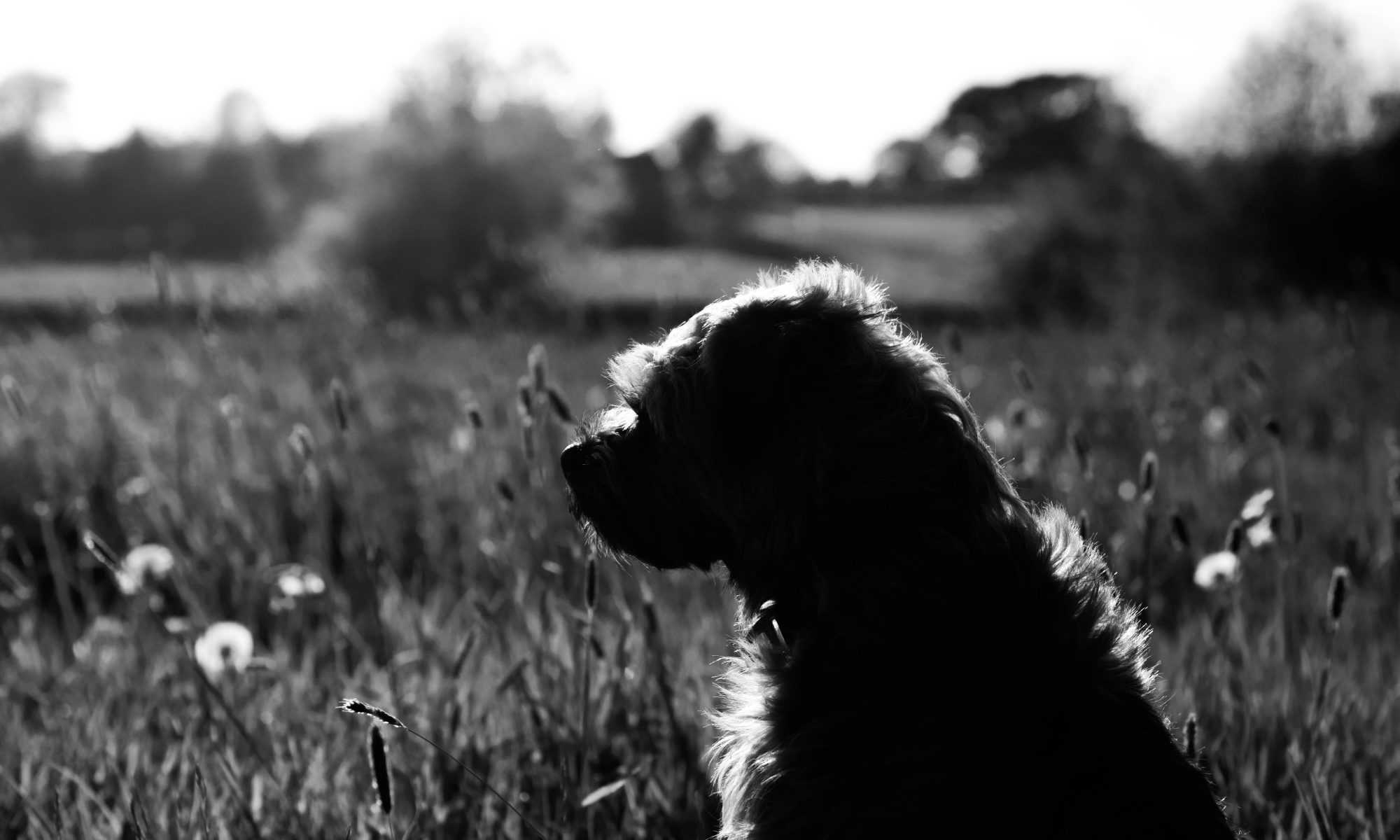I have heard about the lives of small swift birds.
They dazzle with their colour and their deftness through the air.
Just a simple glimpse will keep you simply standing there.
Legendary journeys made on fragile hollow wings.
The night skies rich with whistling, each and every spring.
And then there’s the day we look for them and can’t find them anywhere.
From “Small swift birds” by Cowboy Junkies.
Henshaws college in Knaresborough, North Yorkshire, supports people living with sight loss and a range of other disabilities. It’s claim of being a transformational place is readily apparent to the first-time visitor when taking just the briefest of strolls through its gardens. It’s a sensory journey through a rich and diverse range of flowers and succulents, and, judging by the evening bird song and the wonderful bug hotel, clearly a space enjoyed by more than students, staff, and visitors alone.

Speaking of visitors…
Looking up into a cloudless blue sky on a vivid early summer’s evening in that same garden, I had hoped to see what I’d come to hear about. Perhaps the intersecting of place and time just produced a wrong moment, or maybe the empty sky was corroborating the theme of the evening – Save Our Swifts.
Tanya Hoare is so passionate about her chosen subject that you find yourself succumbing rapidly to what must be some contagion with each fact, picture, and anecdote.
Listening intently, I learnt from her about a species that I had otherwise only really noticed out the corner of my eye – its arrival, its daily screams over our village from late May, and then its disappearance in early August rather distressingly reminding me that although the school holidays still had a month to run, summer time was ticking away.
What did I learn from Tanya?
Swifts, and more specifically the single species we get here in the UK, Apus apus, are 100% faithful to their nesting sites. Having tiny feet, they have only an extremely limited ability to do anything with them, except briefly perch on the entrance to their nest sites as they come and go. In fact, they even gather nesting materials by snatching whatever is usefully floating on a summer breeze. After fledging at the end of July or so, youngsters are on their own. No further parental catering from that moment on. The kids just hang about for around a week, then take to the skies in early August for their first ever journey south to Africa. They might not touch the ground again until they are ready to breed themselves at 3 or 4 years old. They even sleep on the wing, having the ability to shut down parts of their brain whilst managing to keep the vital flight systems fully operational. Their in-flight safety is their top priority, of course. Congo is their typical wintering area from August through to January, with some wandering to the south and east later on in their African season. Oh, and there’s a great gathering of European swifts over Liberia to reap the harvest of the annual eruption of termites as they, too, take briefly to the skies to mate and, perhaps inadvertently, to be eaten.
Tanya and her husband Edmund will one day struggle to describe some of the features of their house if they ever showcase it on Rightmove. “Bathroom with low flush w/c“? Nope – “Bathroom with low flush w/c with full en-suite nest gallery observation windows”? Yes, that’s far more more accurate. A swallow may favour a barn, and a marten a house. But the swifts journeying to spend their summers with Tanya and Edmund must have their own “Secret Escapes” holiday service. Through numerous alterations and perhaps some very understanding builders, they have transformed their house into a unique place to stay if you’re a swift – off the beaten track, far from the holidaying hordes, and with a choice of views for the discerning avian holiday maker. And there is technology in great abundance. What Tanya and Edmund have done is to rig up their own outside broadcast capability where cables, cameras, recorders, and monitors can capture every arrival, every birth, every drama, and every departure. The bathroom features are actually special double-glazed doors that provide both a means of observation of nests from within the house, and access to the nests when it’s needed. And all this means that the Hoare family has been able to develop a detailed knowledge bank of the lives of their own small swift birds. And that’s important, because the swifts are in trouble.
Between 1995 and 2016, the UK swift population declined by around 53%. They are an “amber listed’ species in the RSPB’s traffic lights system for the state of our nation’s bird species. Whilst red really does mean jeopardy in great abundance, amber is the next, slightly less critical category. But swifts are heading rapidly towards the red list. The wrong wrong direction, the wrong list.
Since learning more from Tanya, I’ve been more observant of the swifts that visit our village daily. There appears to be 5 of them. I’m sure there were more last year. And even more in years gone by. In fact, I’m sure they used to spend more of each day over the village, too, rather than just passing through on their evening commute back to wherever they’re nesting. Snacking as they go, of course, but not pausing to soak up the ambience of the place.
Remember the first fact? That swifts are 100% faithful to their nesting sites? Guess what we’ve been doing a lot of in our country over the years? Demolition and renovation. Our new build homes lack the open and overhanging eaves and crevices of older buildings and, indeed, of older building styles. Our home improvements only improve our homes. Nest sites are, simply and rapidly, disappearing.
But it’s so easy to help save our swifts.
Tanya and her neighbours have been working hard to improve the availability of swift nesting sites in their local town of Sedbergh, with great success. Swift boxes have gone up, and new builds are encouraged to include swift “bricks” into the structure of their walls and gables. New nesting sites are advertised to passing swifts, bearing in mind that younger birds might be in the market for their starter homes if they’ve finally hit breeding age, by calling them in with the sounds of their own kind played at volume and at timed intervals using an attraction call player.
Across the country, people have been setting up their own local swift groups to do the same. We need to do this widely across all of our communities. We should look at the buildings where we live and see if the owners of suitable ones would be willing to host a swift box or two.
As Tanya explained, perhaps the biggest contribution we can all make is to lobby, ask, and encourage planners, architects, and developers to cater for swifts in the structures and houses they build.
As a species, swifts don’t usually feature high on people’s list of pressing biodiversity concerns. We welcome them back each summer with often little more than a cursory glance. We notice that they’ve gone some time after they’ve left. And we don’t notice that each year there are fewer.
I don’t think it was swifts, specifically, that the Cowboy Junkies were thinking about when they penned “Small swift birds” as metaphorical thoughts on the passing of time and of our lives. But apart from dazzling colours, and rich night time whistling, they otherwise fit the bill.

Some links that you might want to check out…

